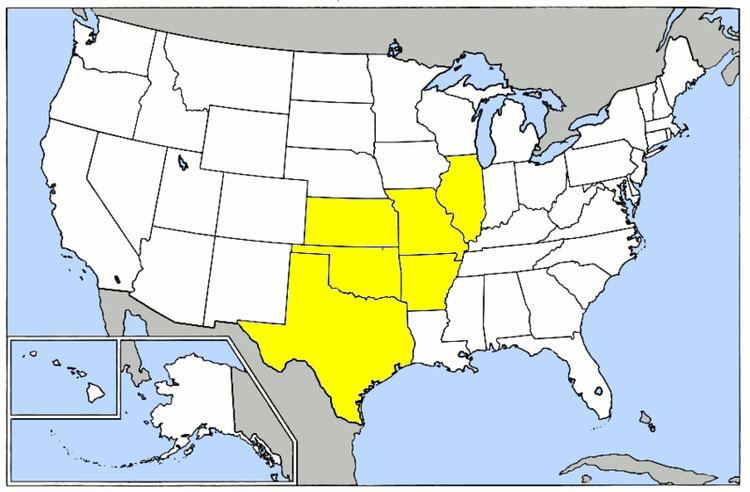Active 1942-1945 Type Command and Control | Country United States | |
 | ||
Branch United States Army Air Forces Part of Army Air Forces Training Command | ||
The 31st Flying Training Wing is an inactive United States Air Force unit. It was last assigned to the Central Flying Training Command, and was disbanded on 30 December 1945 at Fort Worth Army Airfield, Texas.
Contents
There is no lineage between the current United States Air Force 31st Fighter Wing, established on 6 November 1947 at Turner Army Airfield, Georgia, and this organization.
The squadron was a World War II Command and Control unit, its mission to flying training units of the Army Air Forces Training Command. Headquartered at Enid Army Airfield, Oklahoma for most of its operational service, it controlled contract pilot schools primarily in the Central United States.
History
Until 1939, the Army Air Corps provided all flying training with military instructor pilots. Beginning in 1939, it contracted with nine civilian flying schools to provide primary flight training. Primary training consisted of a three-month course of 65 hours of flying instruction. As the United States prepared to enter World War II by expanding its number of flying squadrons, the number of contract primary schools increased.
According to the contract, the government supplied students with training aircraft, flying clothes, textbooks, and equipment. The Air Corps also put a detachment at each school to supervise training. The schools furnished instructors, training sites and facilities, aircraft maintenance, quarters, and mess halls. From the Air Corps, schools received a flat fee of $1,170 for each graduate and $18 per flying hour for students eliminated from training. The Primary Pilot Training used Boeing PT-17 or Fairchild PT-19 two-seater single-engine training aircraft. Also, the wing controlled specialized schools for Liaison Pilots using the Stinson L-5 Grasshopper, and Women Airforce Service Pilots (WASP) primary training was conducted exclusively at Avenger Field, Sweetwater, Texas.
Following the fall of France in 1940, the Air Corps upped its pilot production goal to 7,000 per year. To meet that goal, the Air Corps increased the capacity of its schools and added more contract primary schools.
The vast majority of contract primary pilot training ended in the spring of 1944 as part of the rundown of Army pilot training. The ones remaining open ended their operations in October, 1945.
Lineage
Assignments
Stations
Training aircraft
CPS Primary Trainers were primarily PT-17 Stearman biplanes and Fairchild PT-19s monoplanes, although a wide variety of other types could be found at the airfields. The Fairchild PT-19 aircraft also could have the student pilot covered with a hood for "Blind" instrument flying training.
Glider pilot schools used Aeronca TG-5As, Taylorcraft TG-6As, and Piper TG-8As unpowered glider conversions of powered light observation aircraft which had similar characteristics to the military gliders under development.
